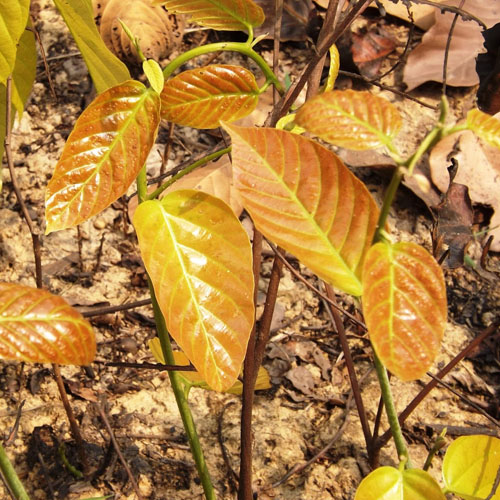Shal Plants
Shal, commonly known as Sal or by its scientific name Shorea robusta, is a large deciduous tree native to the Indian subcontinent. It is an important tree species in South Asia due to its economic, ecological, and cultural significance. Here's more about the Shal (Sal) tree:
Appearance
- Size and Structure: The Shal tree can grow up to 30-35 meters (100-115 feet) tall with a straight trunk and a dense, spreading canopy. The bark is thick, dark brown, and deeply fissured.
- Leaves: The leaves are large, oval, and leathery with a glossy texture. They are bright green when young and turn dark green as they mature.
- Flowers and Fruits: The Sal tree produces small, yellowish-white flowers in the spring. The fruit is a winged nut that helps in wind dispersal.
Habitat
- Native Range: The Sal tree is native to the Indian subcontinent, including India, Nepal, Bhutan, and Bangladesh. It is commonly found in tropical and subtropical regions, especially in the foothills of the Himalayas.
- Growing Conditions: It thrives in moist, deciduous forests and prefers well-drained, fertile soil. Sal trees are often found in mixed forests and can tolerate a range of soil conditions, from clay to sandy loam.
Ecological Benefits
- Soil and Water Conservation: The extensive root system of Sal trees helps in preventing soil erosion and maintaining soil health. They also play a crucial role in the hydrological cycle by contributing to groundwater recharge.
- Habitat: The Sal tree provides habitat and food for various wildlife, including insects, birds, and mammals. The fallen leaves and flowers enrich the forest floor, supporting a diverse ecosystem.


